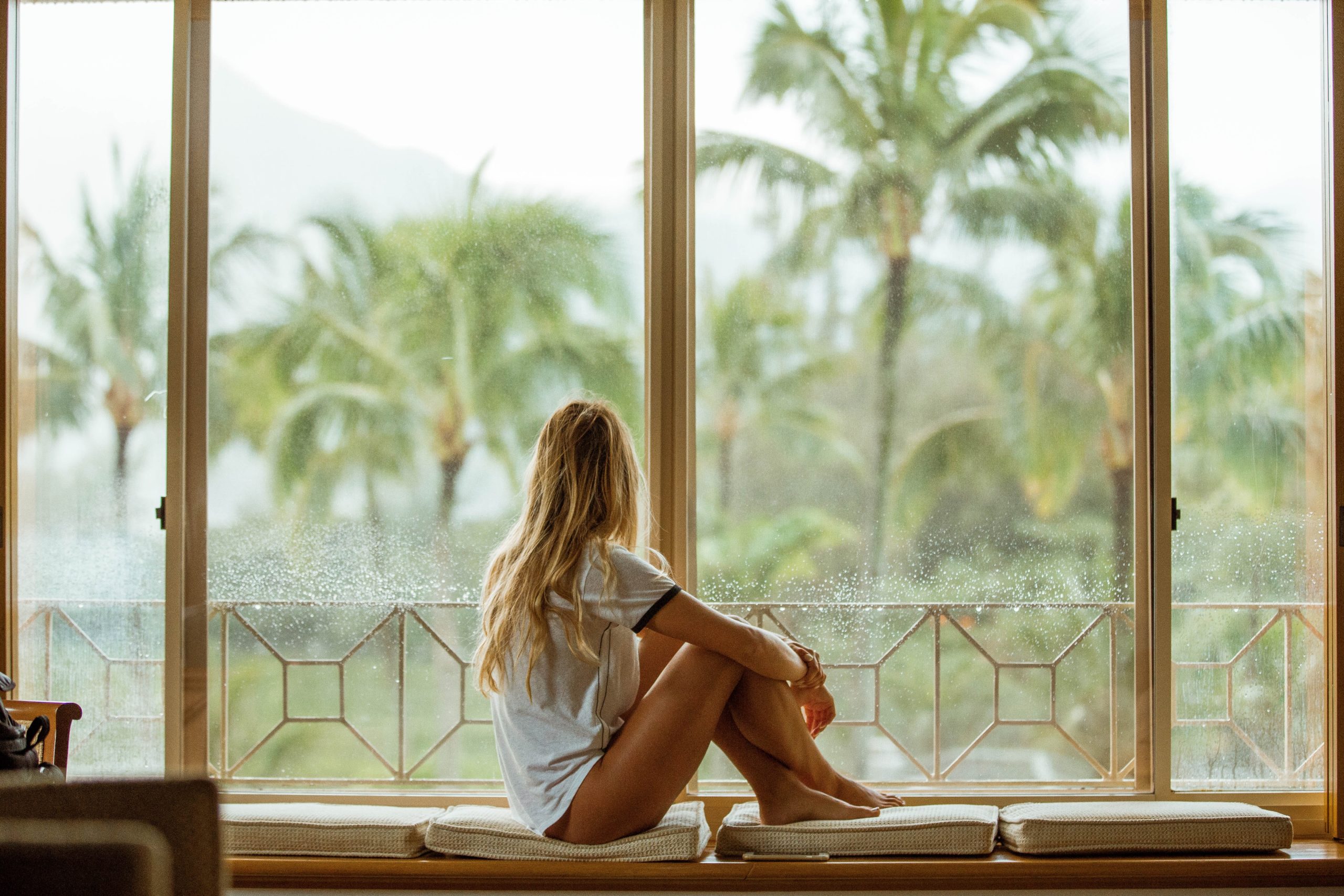Remember when you were little and couldn’t wait until it was bedtime so that you could hear the rest of the story your mother had started telling you the night before?
Do you remember the sleepless nights before Santa Claus? Or how you thought time passed way too slowly until the summer holidays? And remember when you learned how to grow things and you ran downstairs each morning to see if the seed you planted had sprouted? Or how you painfully saved up every penny in order to buy your first stereo?
Oh, the pleasure of anticipation!
And the increased joy when finally the object of your desire had arrived!
It is almost totally lost in our day and age!
We have forgotten how to wait.
We don’t have to wait until Saturday to go buy the thing we long for. Shops are open all the time and if they are closed, we can order online and get it delivered to our doorstep the next day.
No need to wait for a movie to come to your local cinema or on television. We switch on Netflix and get instant access.
Instant gratification is everywhere! We want to GET IT NOW!
But waiting is so important!
It creates space and time. And this is crucial in our development when we are kids, but it is also beneficial as adults.
We are so used to pushing things and taking control. Deadlines, appointments, goals.
We no longer know how to wait, to let things unfold and open up to a space that is more natural.
We learned to rush things, force things.
What good did that do us lately?
Sure we may have gotten there faster. But was it easier? Better? Effortless? Did it bring us pleasure?
Maybe sometimes. But usually the end result is some form of stress. At least in the long run. Or it may even create a need for the next instant gratification.
When we wait for things to develop, naturally, in the time they need, there is a possibility for life to create the best conditions for what we want.
When there is time and space, there is room to manoeuvre, to change, to adapt, to improve, to unfold, to bloom, to become.
Sure, this is also often very uncomfortable. Because we want to know: where this is going, the end result, the answer…
But when we learn to sit in the uncomfortable, when we let the unease in, we realize that it creates a certain flow.
There is no pressure anymore, no micro management, no running after things.
And very often, the contrary of stress happens. We are at ease. We go with the flow. We enjoy the excitement of waiting.
Creating a piece of art is the best example. We start having an idea (or not). We start to create, adding layer upon layer, we add things, change things, are happy and unhappy with certain aspects, put it away for a while, take it out again, dance around it. But we continue, because there is this curiosity of what will appear. And the result will be more delicious for the wait.
Because that is what delayed gratification does.
It increases the experience, the result.
Have a look at recent situations in your life that haven’t been going as well as you’d like or that are not moving in the right direction.
Are you pushing? Are you rushing? Are you trying to force things?
What would happen if you just let it go. Not total control, but a little bit of the energy you put in. Just let it flow away. See what happens.
Don’t call. Don’t get annoyed. Don’t stress. Don’t force.
Look at it like the story your mother was telling you. Tomorrow is another chapter. And it will all make sense.
There is an interesting experiment that was conducted by Stanford University, called the Marshmallow experiment.
Children were given a marshmallow which they could either eat immediately, or they could wait for a short period and then would get two marshmallows.
You can watch the children’s behavior here.
What is interesting in follow up studies, is that children who were able to wait for their second marshmallow or reward, tended to have better life outcomes, scored higher in school, were healthier etc.
Probably because they had less stress and learned to just sit and wait for things to unfold…

